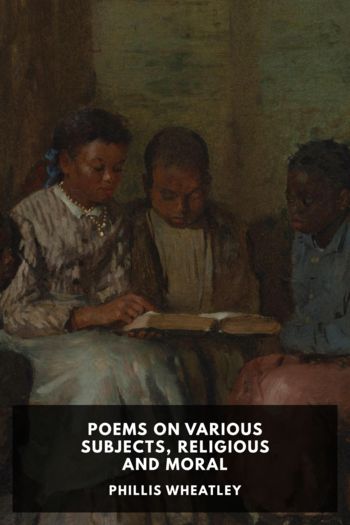Malaria and Rome: A History of Malaria in Ancient Italy, Robert Sallares [reading a book TXT] 📗

- Author: Robert Sallares
Book online «Malaria and Rome: A History of Malaria in Ancient Italy, Robert Sallares [reading a book TXT] 📗». Author Robert Sallares
Corradi (1865: i. 640) summarized 1581 as follows, a mixture of different diseases: Mali assai perniciosi furono nell’estate in Roma, dove pure, siccome in altre parti d’Italia, caddero strabocchevoli pioggie.
Erano febbri terzane, quartane, continue con esanthemi, cioè petecchie e dissenteria.
⁹ Schiavoni and Sonnino (1982: 97–100) record a population for the city of Rome of 90,455 in 1598. By 1699 it had climbed to 135,099. By 1797 the city’s population had increased to about 160,000, although it dropped to 112,000 by 1814, as a result of the two periods of French occupation. J. C. Russell (1985: 1–25) and Storey (1997) attempted to revise the population of the city of Rome during the period of the Roman Empire downwards to about 450,000, on the basis of the density of houses in Ostia and Pompeii. Such arguments do not take account of the evidence of ancient authors indicating that ancient Rome had large numbers of multi-storey dwellings (e.g. Aelius Aristides, Orat. 14 p. 324, ed. Dindorf; Aulus Gellius NA 15.1.2; Dionysius Hal. AR 10.32.5; Vitruvius 2.8.17; Strabo 5.3.7.235C; Herodian 7.12.5–7; Cicero, de lege agraria, 2.96), and so a higher population density.
City of Rome
205
healthier hills.¹⁰ (Human settlement was perforce concentrated in lowlying areas for much of the medieval period because of the need for drinking water, following the breakdown of most of the aqueducts, which had brought water to the city of Rome during the time of the Roman Empire.¹¹) As Delumeau put it in his monumental study of the city of Rome in the sixteenth century: It is for reasons of health that the popes now took an interest in the zone of the hills: in the summer they fled the heat and the pestilential air of the lower town.¹²
The danger of malaria was mitigated in medieval and early modern Rome by extreme avoidance behaviour (see also Ch. 11
below). For example, a substantial proportion of the population went away from the city during the dangerous period of late summer and early autumn. In the seventeenth century those who left Rome for the mountains during the summer would not return to the city before the Ides of October at the earliest.¹³ Such customs would be expected to reduce both morbidity and mortality from malaria. Presumably the very considerable extent of temporary migration during the summer away from dangerous areas, such as Rome and Grosseto, explains why the recorded crude death rates from such areas in early modern Italy often seem to have been, if anything, lower than the crude death rates in the English marshlands (see Ch. 5. 4 above), even though the combination of P. falciparum and P. vivax in Italy was more dangerous than P. vivax alone in the marshlands of England. In Italy in antiquity, members of the élite had the option of moving to villas in healthier areas during the summer and autumn, as the Younger Pliny did when he went to Tifernum in Umbria. However, it is not obvious that the bulk of the mass of the urban plebeians in antiquity had anywhere to go during the dangerous season, and slaves had no say in the matter.
More detailed accounts of the medical geography of the city ¹⁰ Finding safe locations for the pope and his court during the dangerous season was indeed a constant preoccupation long before the period studied by Delumeau. Toubert (1973: i. 363–4, ii. 1051–3) wrote about the eleventh and twelfth centuries as follows: les sources narratives et les pérégrinations anciennes de la cour pontificale à travers le Latium illustrent, en tout cas, cette recherche constante de l’ ‘aria buona’ dont les malariologues ont confirmé le bien-fondé.
¹¹ Procopius BG 1.19.28 noted that the Romans relied on wells for their drinking water during the siege by the Goths in the sixth century .
¹² Delumeau (1957: i. 311): C’est pour des raisons de salubrité que les Papes s’intéressent désormais à la zone des ‘monts’: l’été ils fuient la chaleur et ‘l’air pestiféré de la ville basse’.
¹³ Doni (1667: 114).
206
City of Rome
of Rome show that the distribution of malaria within Rome was as complicated as the topography of the city, with its numerous hills and valleys. Some districts were quite safe, while others were dangerous in the summer and autumn. Baccelli provided interesting information in a very useful but propagandistic article about malaria in the city of Rome, which was published by the Ministry of Agriculture in 1878, as part of a massive book (a goldmine of information) intended





Comments (0)